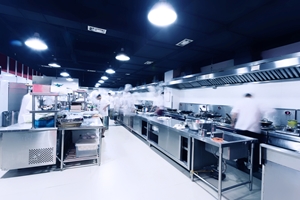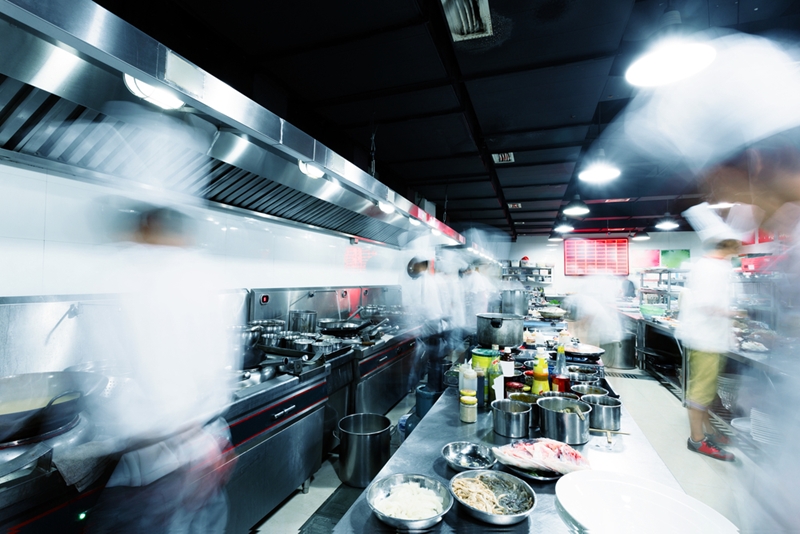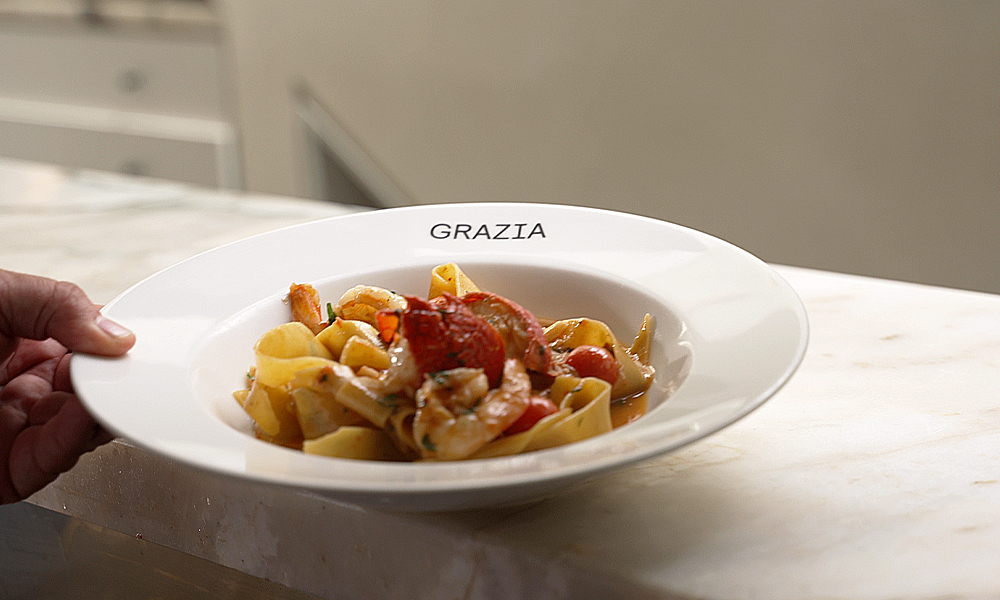
Hygiene in a professional kitchen is not just important, it’s also a mandate for compliance of Hazard Analysis and Critical Control Points (HACCP). Designed to ensure optimum food safety, HACCP regulations work to ensure that non-food products do not compromise the integrity of the food being produced.
As part of the international review process, HACCP considers toxicity, contamination risks and ease of cleaning as well as consequences of error.
Blast chillers and freezers are a welcome addition to many a kitchen, allowing food to reach optimum temperature in the shortest possible time. But just like any other commercial refrigeration equipment, your staff will need to be diligent in maintaining them to meet safety standards.
As with other commercial kitchen equipment, you should wipe down your blast chiller with detergent and water after service.
Here’s a closer look at how to keep your Friginox blast chiller in the best possible condition.
Minimising the risk
Blast chillers are key in terms of hazard prevention, due to the role they play in food temperature reduction. When food is sitting between 5-60 degrees Celsius, it is said to sit in the ‘danger zone’ where bacteria can grow at a rapid rate, explains the Food Safety Information Council.
Therefore, when it comes to HACCP reporting, temperature consistency is key – to achieve this, staff need to be aware of how best to maintain a blast chiller or freezer for reliable and safe performance.
As with other commercial kitchen equipment, you should wipe down your blast chiller with detergent and water after service, as well as acting quickly to remove any food spillages before the stains can harden.
Check that any probes are kept clean of any food residue, and that condenser coils are kept clean. The latter is incredibly important, as they distribute the refrigerant that creates the cold air to cool the food and the chiller itself. Removing frozen condensation from the coils can improve air flow and support more energy efficient performance. To do this, set your chiller to de-ice mode at least once a day and leave the door open.
 Many busy kitchens rely on blast chillers and freezers everyday.
Many busy kitchens rely on blast chillers and freezers everyday.Maximising the efficiency of your blast chiller
Speaking of efficiency, one of the key ways a blast chiller’s performance can be compromised when the seal isn’t working properly. A loose seal can allow moisture and warm air to invade the freezer, and can mean food requires more time and energy to chill.
Check the seal regularly, ensuring the door seals are clean can help to maintain a tight seal. Using warm, soapy water and a soft cloth daily should be sufficient to keep gaskets clean.
Another way to support your blast chiller’s performance is to ensure it is well ventilated. With insufficient air flow, the blast chiller must work overtime to bring down food temperatures, resulting in less efficient performance and potentially impacting food safety. When positioning your blast chiller, do not block the exhaust or air intake with other equipment or boxes. Dusting regularly can also help to maintain optimum output.
When should I get my blast chiller repaired or replaced?
If your blast chiller is performing inconsistently, with food not cooling as quickly as before, it is a good idea to get a professional in to take a look. You can lodge a service booking online, requesting that a Moffat technician visit your establishment to check out your chiller.
Should the unit need repairs, Moffat has access to a wide range of spare parts, meaning we can help to maintain your blast chiller to Friginox’s high standards.
When it comes time to eventually replace your blast chiller, we fortunately stock a range of reach-in, roll-in and built-in blast chillers and freezers, and are more than happy to help you find the right option to suit your business’ needs.
0 Comments
Leave a reply
You must be logged in to post a comment.




